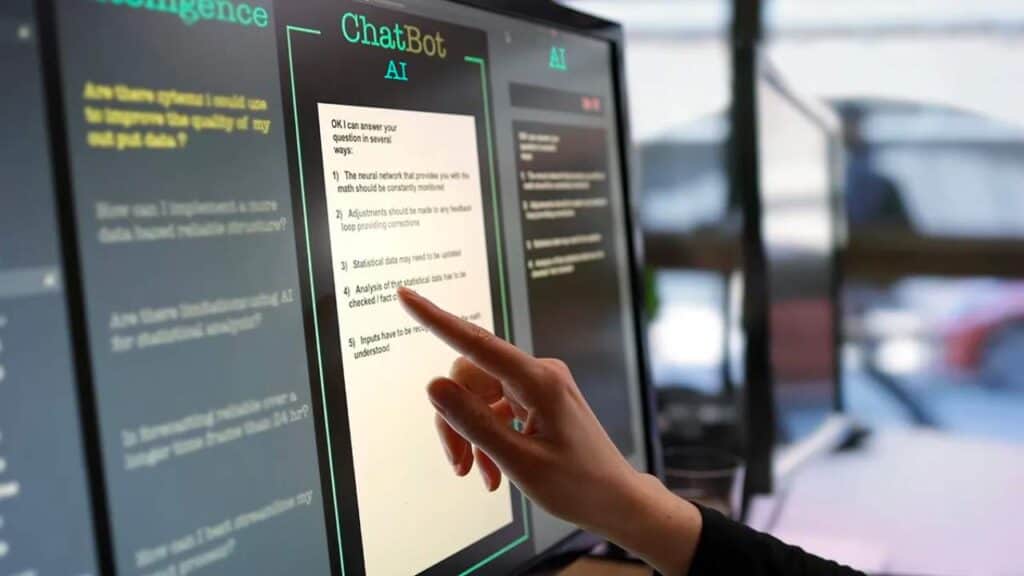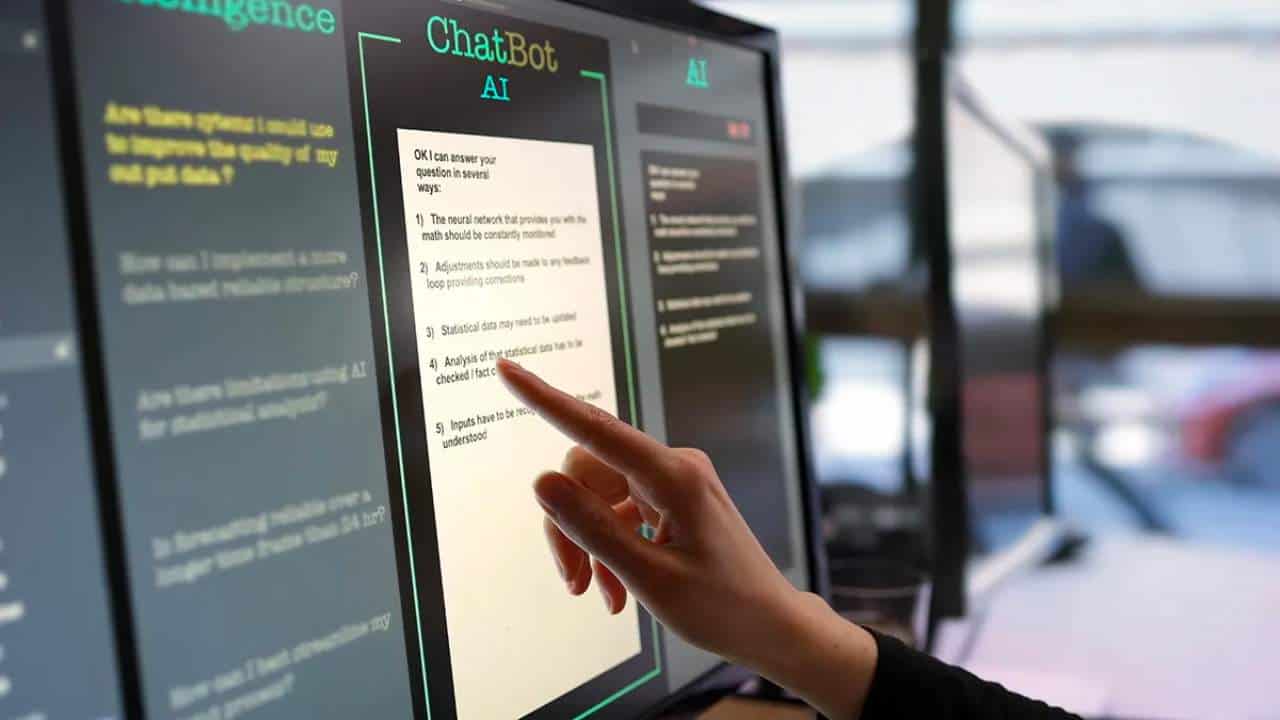With higher efficiency and speed, AI is expected to write 80% of the code generated by 2024, according to a survey by Gartner. This means that the IT workforce will be affected heavily by generative AI and people in roles such as pre-sales, sales enablement and bid management will work with AI as co-pilot.
This means that while IT professionals will be using generative AI increasingly as a tool, it isn’t going to replace them entirely anytime soon. But when it comes to writing code, AI does have an edge, since it brings better quality by reducing defect density of software by as much as 90%.

It has been observed that companies can use machine learning to boost their capabilities, since McKinsey’s study showed that firms that adopt AI are 1.5 times more likely to deliver better performance.
As AI allows tech professionals and developers to explore innovative ideas by spending less time on technicalities, this article looks at the ways in which generative AI is transforming day to day operations for the IT workforce.
Impacts of Generative AI on Developers and IT Professionals
Developers need not worry about generative AI, since research has further revealed that they are upto 30% more likely to meet deadlines for finishing tasks, by using AI as a tool.
With the ability to process data quickly and efficiently, generative AI can significantly simplify working on complex codes for new developers.
As for IT professionals, instead of replacing them, companies are looking forward to provide generative AI such as ChatGPT and Dall-E as a tool for their staff.
They hope to open up new revenue streams, increase productivity and expand their margin for each employee with this enhancement.
More roles will open up for IT professionals, such as prompt engineers, where they will be training AI such as ChatGPT to respond more efficiently to specific requests.
Since generative AI has accelerated the pace of innovation, tech professionals can also find more employment as test engineers.
Roles and Responsibilities of IT Professionals in the AI Era
The rise of AI has opened up new roles including AI engineer for IT professionals, and it requires them to have a sound knowledge of machine learning and model building. IT professionals are required to write codes, which enable the algorithm to work in tandem with the software.
They also need to create an infrastructure that allows AI to extract and process data, which essentially fuels automation. An understanding of statistics, programming and databases is crucial for AI engineers to make sure that algorithms are up to date.

IT professionals in the AI era will be required to work with algorithms and neural networks, to train computers so that they can think and respond like human beings.
Under the umbrella of AI engineering, these professionals can be deep learning engineers, natural language processing engineers, computer vision engineers, data scientists and AI architects.
Deep learning engineers can train AI to read and process specific requests, while natural language processing engineers enable it to respond the way ChatGPT talks to people.
Then data scientists figure out the analytics part, computer vision engineers are responsible for image processing, and AI architects create the infrastructure.
Required Skills and Competencies for Future IT Professionals
IT professionals in the AI era need to build artificial intelligence infrastructures, maintain them and train AI models, among other tasks. For this they must be well versed in programming languages such as Python, Java, Scala and TypeScript.
They must be acquainted with algorithm such as Naive Bayes, which is based on the Bayes theorem and assumes that the presence of a pattern in a system is unrelated to the presence of other features. Future professionals will also need to know about Hidden Markov generative AI models and Gaussian mixture models that group data point into clusters.
For data processing, IT professionals seeking roles in AI must be able to work with Hadoop which enables distributed processing of data sets. Tech such as Apache Cassandra can also enable AI engineers to read user behaviour by catching signals about their activity at a high rate.
But at the core, a strong knowledge of calculus, probability, and linear algebra, combined with a critical thinking and problem solving skills, will be essential for IT professionals to sail through in the future.
Navigating the Radical Change: Adapting to an AI-Augmented Future
Research on hundreds of AI use cases has led to the conclusion that deep learning and AI neural networks can generate annual value of up to $5.8 trillion.
Adapting to an AI-augmented future requires shifting focus from automation to collaboration between IT professionals and machines.
This means that job functions will be redesigned in order to make the most of unique human skills, with the help of algorithms as tools.
As more data flows in thanks to AI speeding up extraction, it will increase the number of users with more efficient services, and the information will fuel better algorithms.
An augmented workforce of a future will see humans collaborating with robotics, and enhance AI by feeding data and training models.
Such companies with streamlined operations and lower costs, will be known as bionic organizations, due to the amalgamation of an IT workforce and AI, that empower each other.
As firms integrate AI into their operations for the future, here’s how they can build a future-ready workforce for the transition.
First businesses need to identify the tasks and processes they need to automate, before assembling a separate AI taskforce.
After this technology such as robotic process automation should be deployed as a tool for the workforce to adapt with.
Then employees who need specific training and upskilling as per their current roles and abilities, need to be identified.
Data experts and designers could also collaborate to create a user-friendly AI infrastructure to work on.
An augmented workforce roadmap needs to be chalked out for all departments including HR, finance and It for a smooth transition.
The Division of IT Roles: AI Development vs AI Application
Although AI will be essential for all companies, its development and application are two very different things, since one deals with the creation of an algorithm while the other enables its efficient integration.
Clear distinction between the roles dealing with each of them, can help IT professionals pick their area of work in the years to come.
To begin with, here are professionals who will be dealing with the development of AI:
Software engineers are the ones that write code, monitor integration, and manage quality control, and Application Programming Interface. Apart from a bachelors’ degree in computer science, physics or engineering, certifications for AI and data science are helpful for this job.
Software architects, as opposed to engineers, are the ones who design AI tools and platforms, select a toolkit and implement solutions for a seamless flow of data. Experience with statistical analysis, cloud computing and data processing is required for this role.
Natural language processing engineers also play a crucial role in the development of AI by training AI models to identify human language for identifying specific issues and demands. A specialized degree in computational linguistics will be essential for engineers seeking this position.
After development, these roles deal with the application of AI in organizations
Robotics engineers create and manage the machines which are required for the practical implementation of strategies and workflow created by AI. It may involve working on-site in the manufacturing sector or monitoring automation in the service sector.
Data scientists are required to teach the workforce to ask the right questions with which an algorithm can help them using data. Machine learning techniques constantly improved by this process can enhance the quality of the end product.
Apart from this, every professional at every level and department in an organization will need to acquire the skills needed for working in collaboration with AI, not just as a handler but as a co-pilot.
